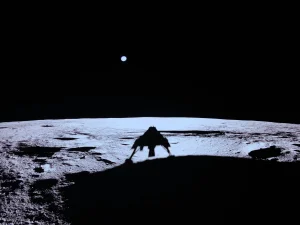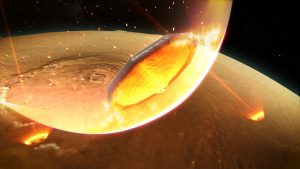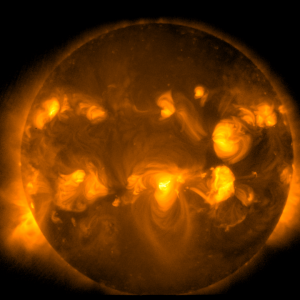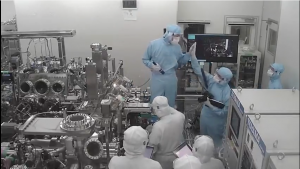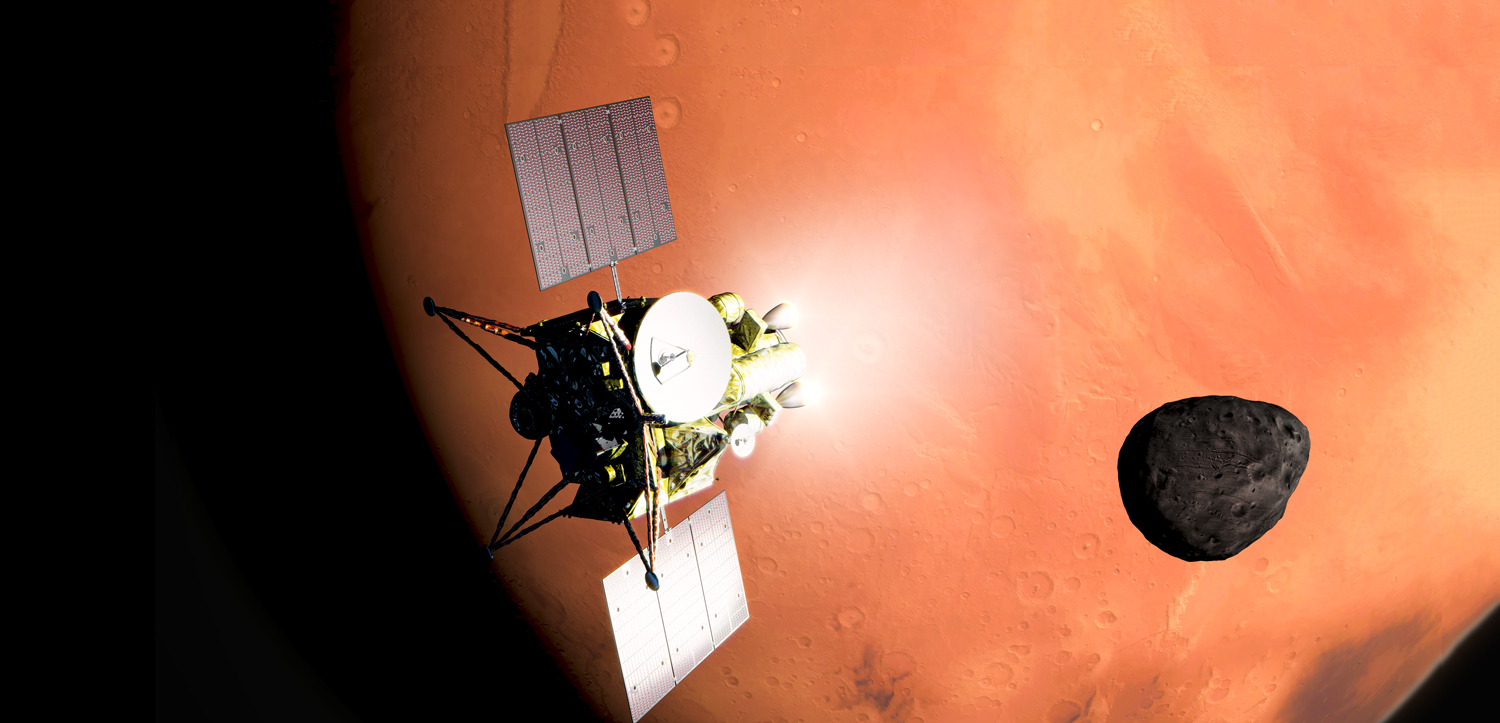
Is the history of Mars etched in the grains of its moons?
The ISAS・JAXA Martian Moons eXploration Mission (MMX) will bring home a sample from the moons of Mars. New results from ISAS researchers suggest this sample may not only uncover the origins of the moons, but also reveal the evolution of the habitat on Mars itself.
How the two moons of Mars formed remains a controversial question. The pair could be captured asteroids, snagged by Mars’s gravity during a close encounter with the planet. Alternatively, Phobos and Deimos might have formed during a giant impact with Mars, coalescing out of the debris ejected into orbit.
These scenarios lead to distinct bulk composition for the moons, depending on whether they were carved from Martian rock or formed from dust local to a different region of the Solar System. But once formed, these moons will have become littered with Martian grains on their surface.

Impacts from asteroids have peppered the planets of our Solar System throughout their history, kicking-up debris from the planet surface. A sufficiently large impact can eject rocky material with the velocity needed to escape the planet entirely and enter interplanetary space. The toughest rocks ejected from Mars can make the journey to Earth to fall as Martian meteorites.
But while only the largest and hardest rocks can survive a journey to the Earth’s surface, far more material can make it into orbit around Mars and settle on the Martian moons. When the MMX spacecraft touches down, it will collect not only material that formed the moon but also grains ejected from Mars over its history.
The idea that Martian material would be present on its moons is not new. However, a recent paper published in the international journal Scientific Reports led by Ryuki Hyodo at ISAS, suggest that the abundance of Martian grains on the moons could be significantly higher than previously thought.
Hyodo and his team ran simulations of asteroidal impacts with the surface of Mars. The incoming rocks had a range of sizes and velocities, striking the Martian surface at a variety of different angles. The location and speed of the ejected material was then used to estimate how much would land on the two moons.
Where the ejected debris lands on the moon surface depends on the location of the collision on Mars and where the moon is on its orbit near that time. A recent large impact on Mars generated the 10 km Zunil Crater, which sits in the northern hemisphere of Mars at a latitude of 7.7 degrees. Zunil is a ray crater, with streaks of ejecta thrown out from the impact centre that help constrain the angle of the incoming impactor. Using this information, the team found that the ejecta from Zunil was initially thrown over the orbit of Phobos but struck the moon’s far side as Mars’s gravity tugged it back to the planet. For the expected random distribution of collisions over the surface of Mars, the entire surface of the moons can accumulate material, with a slightly lower probability for grains landing at the poles.
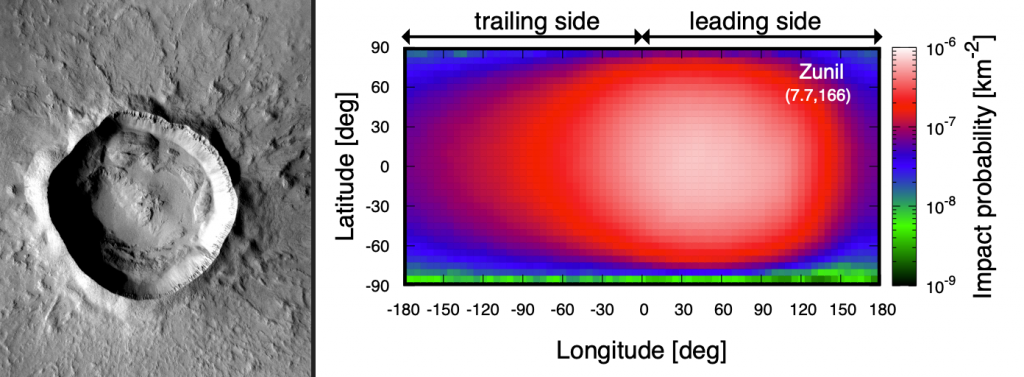
Over the last 500 million years, the ejecta from Mars accumulates to a predicted minimum of 1 x 109 kg of material on Phobos. This period is long enough that Mars may have experienced a particularly large impact, generating a crater of order 260 km across. This object could have deposited a further 2.2 x 109 kg of debris. This total amount is a factor of 10 times higher than previous estimates that used simpler models for the collisions with Mars.
The MMX spacecraft plans to collect more than 10g of material from the Martian moons. This equates to an estimated 110 Martian grains in the sample. This remains a small amount compared to the mass of a Martian meteorite found on Earth, but this material potentially contains far more information.
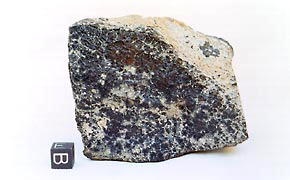
The tough journey to Earth means that Martian meteorites consist of hard igneous rock that has experienced pressures between 5 – 50 GPa. More fragile Martian meteors burn out in the Earth’s atmosphere and never make it to the ground. By contrast, the grains arriving on the nearby Martian moons experience gentler impacts that allows fragile sedimentary rock to survive. Such sediments are particularly interesting, as they include substances such as clays which form through contact with water. These can therefore reveal conditions about Mars’s environment at the time of their formation.
Moreover, the formation time of these grains can be known. Grains would have been deposited on the moon surface throughout Mars’s history. A typical grain size is expected to be larger than 300 microns and contain what is known as a chronometer mineral. These are minerals such as zircon that include radioactive uranium, which decays into lead at a specific rate over a long period of time. By measuring the ratio of uranium to lead, it is possible to tell when the grain formed. This produces a time line for the collected grains that can help map the habitability prospects of the young Mars.
Mars rovers such as NASA’s Curiosity and the planned Mars 2020, and ESA’s ExoMars Rosalind Franklin, are able to explore a chosen region of Mars in exquisite detail. Their strength is that their known location can put their discoveries into a local geological context. However, this also means that they are unable to view material from a wide region of Mars and are limited to looking only at the rocks currently on (or near) the surface. The sample from the Martian moons will complement this work, by allowing a study of Mars globally through time. The study of the moons —the paper concludes— opens the door to looking at more than individual objects but at the Mars System Science .
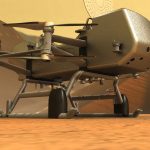 Previous Post
Previous Post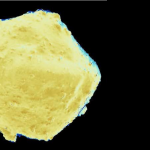 Next Post
Next Post